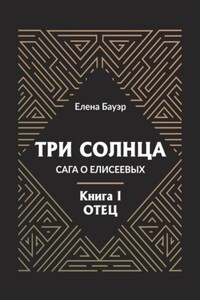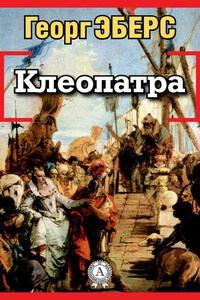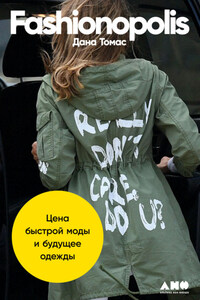1. Royal Black Preceptory No 800, Clogher, County Tyrone, circa 1930.
2. Tom Reid (as baby) at his first Twelfth, Fivemiletown, County Tyrone, 1934.
3. Banter at ‘The Field’, Ballymoney, County Antrim, August 1989. (JFA Studio)
4. The annual re-enactment of the Battle of the Boyne at Scarva, County Down. (Bobbie Hanvey)
5. Making Lambeg drums in Belfast. (JFA Studio)
6. Three generations of the Brownlees family, Ballymena, County Antrim. (Bobbie Hanvey)
7. ‘If Northern Ireland Was Really “British”…’ (Martyn Turner/Irish Times)
8. Henry, Erin and Thomas Reid outside the Orange Hall in Glenageeragh, County Tyrone, 1995.
9. Gerard Rice of the Lower Ormeau Concerned Community. (MSI)
10. Donncha MacNiallis of the Bogside Residents’ Group. (Belfast Telegraph)
11. Martin McGuinness and Breandán MacCionnaith walk the Garvaghy Road. (Dan Chung/Reuters)
12. Robert Saulters, Grand Master. (MSI)
13. Press Conference at Craigavon, County Armagh, 27 June 1997. (Belfast Telegraph)
14. Garvaghy Road, County Armagh, 6 July 1997. (John Giles/?? News)
15. Apprentice Boys Pageant, Londonderry, August 1997. (Mark Stakem)
16. RUC versus loyalists in Derry, aftermath of Apprentice Boys Parade, 1997. (Mark Stakem)
17. Gerry Adams and Martin McGuinness at rally following Belfast anti-internment march, August 1997. (Mark Stakem)
18. Chinook picking up soldiers from field above Drumcree church, 10 July, 1998. (Max Nash/Associated Press)
19. Joel Patton and his supporters occupying the House of Orange in protest against the leadership, December 1997. (MSI)
20. Protest march in Sandy Row, 6 July 1998. (Belfast Telegraph)
21. Funeral of Jason, Mark and Richard Quinn, July 1998. (Pacemaker)
22. Harold Gracey in his caravan at Drumcree, January 1999. (Martin McCullough)
When I go to Northern Ireland, I’m looking back to my youth in the 1950s. I remember in Sheffield on Whit Monday when Protestant Sunday schools used to parade to a service and Boys’ Brigade, sea scouts, boy scouts, cubs, brownies, girl guides – scores of children walking past behind a banner carried by some adult. And we all used to go along and the preachers used to preach and everybody used to walk around talking to people you’d not seen for a year. I remember that from my boyhood and see a resonance of it in Northern Ireland. They are to some extent recreating the old virtues of family, sobriety, self-reliance, hard work and thrift.
It’s the Blue Remembered Hills: you can’t go back. We can all see that community and experience a sense of loss – because we know where we’ve come from. But it makes me feel angry that an entire community should be demonized for no greater crime than being out of fashion.
English Orangeman
AT AN ANGLO-IRISH CONFERENCE in 1996, I was standing in the bar with two Northern Irish Orangemen when a third came up and said: ‘I spent an hour last night explaining to X and Y [two intelligent and sophisticated members of the Dáil, the Irish parliament] why I’m an Orangeman. One of them has just bounced over to me and said: “We’ve been talking about you, and we’ve all decided that you can’t be an Orangeman. You’re too nice.” ‘ To which the second Orangeman replied: ‘I was in Dublin a while ago when someone in the group I was with who knew me quite well said: “Why don’t you tell those awful Orangemen to stop those parades?” When I explained that I was an Orangeman, they all said, “You’re not.” I said, “I am,” and they said, “You’re not.” “But I am.” “You’re not. You’re not. You’re not.” So I said, “OK. Have it your way. Obviously when I think I parade through Belfast in a collarette on the Twelfth of July I’m suffering from delusions.” ‘ And the third Orangeman, who had always believed the southern Irish mind was so closed it was a waste of time trying to explain anything, said, ‘There you are! What did I tell you?’








